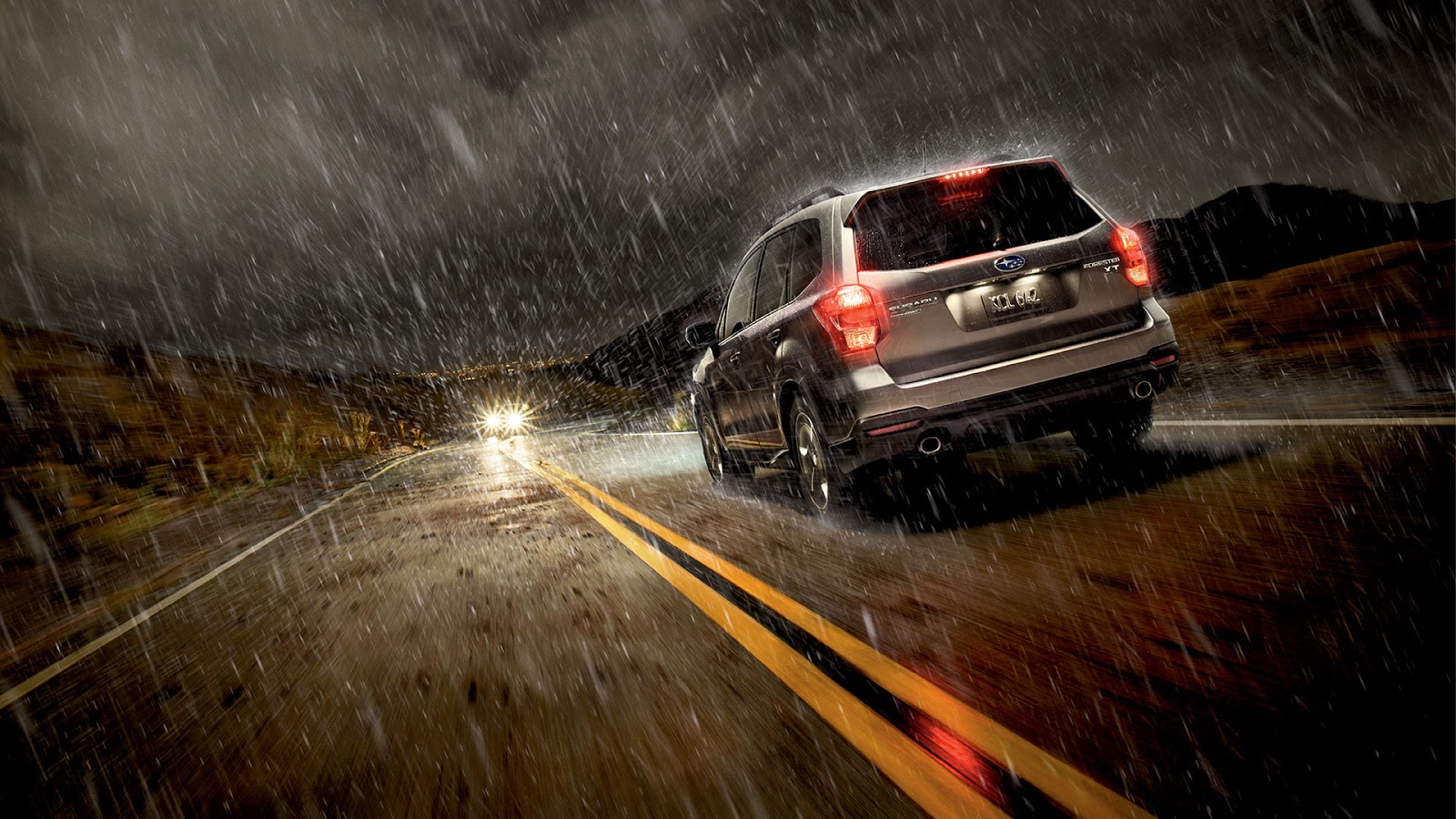Must Know Vehicle Safety Tips for Every Driver While Driving In The Rain.

The rainy season brings much-needed relief from the heat—but it also introduces a range of driving challenges. From slippery roads to reduced visibility and unexpected mechanical failures, wet weather conditions can increase the risk of accidents if you’re not properly prepared. That’s why it’s essential to take proactive steps to ensure your vehicle is rain-ready and your driving habits are adjusted to suit the conditions.
1. Check Your Tires – Grip is Everything
Rainy roads are slippery roads, and your tires are your first line of defense. Make sure they’re not worn out and that the tread depth is adequate (at least 1.6mm). Proper tire pressure is also crucial—underinflated or overinflated tires can reduce traction and increase your risk of hydroplaning.
2. Inspect Your Wipers and Washer Fluid
Good visibility is non-negotiable. Replace old or streaky wiper blades, and always keep your windshield washer reservoir filled with quality fluid. You never know when you’ll need to clear sudden splashes of mud or grime from your windshield.
3. Test All Lights
Headlights, brake lights, and turn signals must be in working order, especially during heavy downpours or low-light conditions. Consider using your headlights during the day when it rains to improve visibility for both you and other drivers.
4. Avoid Sudden Movements
Abrupt braking, sharp turning, or quick acceleration can lead to skidding on wet roads. Instead, drive with a light foot, maintain a safe distance, and gently apply brakes when necessary.
5. Slow Down and Stay Alert
It’s tempting to drive at your usual pace, but during the rainy season, slower is safer. Wet roads can double your stopping distance, so keep your speed in check and stay extra alert for pedestrians, potholes, and stalled vehicles.
6. Keep a Rainy-Day Emergency Kit
Prepare for the unexpected by keeping an emergency kit in your car. This should include a flashlight, jumper cables, reflective warning signs, a raincoat or umbrella, and a first aid kit. A well-equipped car can make all the difference during a breakdown or delay.
7. Avoid Flooded Areas
If a road looks flooded, don’t take the risk—turn around. Driving through standing water can stall your engine or cause irreversible damage to your vehicle’s electrical systems. Always choose a safer, higher route.
Conclusion:
Driving during the rainy season doesn’t have to be stressful. With a well-maintained vehicle and cautious driving habits, you can confidently navigate wet roads and keep yourself, your passengers, and other road users safe.
Stay safe, stay dry—and remember: vehicle safety is not seasonal; it’s essential.
Have Questions? Get in Touch!
We're here to help and answer any questions you might have



